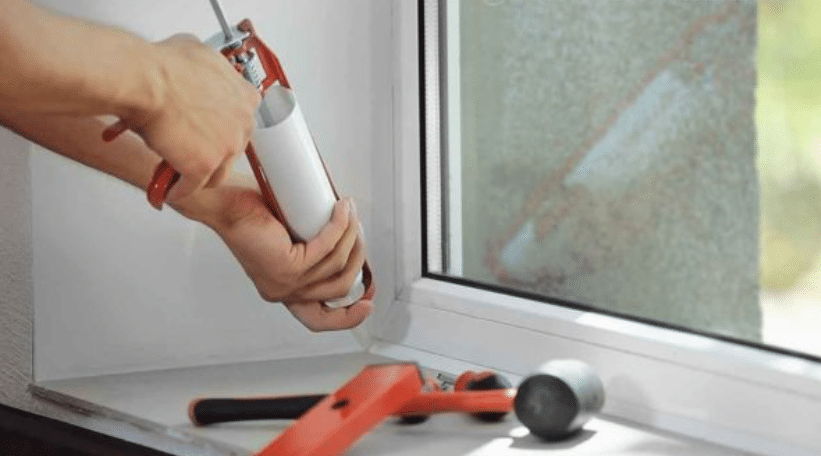Autumn arrives this month, which means that winter isn’t far behind. While the weather is still cooperating, now is the perfect time to make sure your siding, decks, porches, patios and other outdoor areas are “battened down” for the wintry months ahead.
We’ve provided a checklist for you to tackle as you weekend-warrior this month:
- Start Cutting. Cut back perennials, bushes, trees and other vegetation that may have grown up over the summer and may be resting against your home’s siding, decks, fences, and other wooden surfaces. Vegetation traps moisture that can cause a whole host of problems, from water stains to mold and mildew to wood rot. While you’re at it, move mulch away from these surfaces, too.
- Check the Foundation. Make sure there are no entry points in your home for heat-seeking varmints. Seal cracks and holes less than a quarter-inch in diameter with silicone caulk. If your foundation is painted, follow up with a coat or two of matching paint. For larger holes, use one of the concrete patching kits on the market. Many consists of fast-setting hydraulic cement, which not only helps to keep out varmints but water, too.
- Grab a Sander, Hammer and Brush. Repair splintered or cracked wood on decks, railings, fences and similar wooden structures by sanding them to a smooth finish. Use an electric sander for larger areas, such as porch floors, and hand sanders for smaller areas, such as railing spindles. Nail or screw down loose boards and replace any that are beyond repair. Recoat the repaired areas as needed, using light coats in the same color and finish.
- Paint the Unpainted. If you have bare, untreated wooden surfaces—such as a newly installed fence—you definitely should coat them for winter! Give them a couple coats of exterior primer and paint, or stain/sealer, using high-quality products that will stand up to Mother Nature. These coats will create a barrier to protect the surfaces from
- Seal Hard Surfaces. If you procrastinated this summer in sealing your driveway, walkway or patio, don’t delay any longer. Exterior hard surfaces need protection from moisture, leaf decay, tire tracks, lawn chemicals, and other issues. First, thoroughly clean the surface with a pressure washer—or use a cleaner designed for the specific surface—and allow the surface to completely dry. (Badly stained surfaces may need professional cleaning.) Repair small cracks and holes with concrete or asphalt filler. Then apply a penetrating concrete sealer or asphalt sealer, according to the manufacturer’s instructions. Apply two coats, waiting the recommended time in between coats. Allow the sealer to completely cure—usually 72 hours—before allowing traffic on the area. Tip: Be sure to seal surfaces only when you’re assured of good weather, meaning several dry days in a row.
- Look for Gaps. Check around windows, doors and trim for gaps between these areas and the siding. Caulk the gaps using a caulking gun and caulking cartridge. There all sorts of caulks on the market; the key for exterior application is to choose one that contracts and expands. Experts generally recommend using a silicone elastomeric caulk for exterior applications, which can offer up to 500-percent elongation, and advise against fast-drying acrylic caulks, which lack “stretch.” If you want to match the caulked area to your siding, choose a caulk that is paintable, too.
Other Tasks. Here are other tasks that may need to be finished this month (tasks #1 through #4) and in October (tasks #5 through #8). By the time you’ve checked off task #8, you should be ready for cold weather.
- Check weatherstripping around exterior doors and replace as needed.
- Clean out gutters and downspouts.
- Check for damaged or loose roofing tiles.
- Empty summer flower pots and rinse and dry them for storage.
- Drain and store garden hoses.
- Secure exterior faucets in the “off” position.
- Cover exterior faucets with an insulated cap or homemade system, using a rag, plastic baggy, and duct tape.
- Cover patio dining sets, firepits, benches and other outdoor furniture.

 Interior Paints
Interior Paints Exterior Paints
Exterior Paints Primers
Primers Stains & Clears
Stains & Clears
 Paint Brushes
Paint Brushes Paint Roller
Paint Roller Paint Trays & Liners
Paint Trays & Liners
